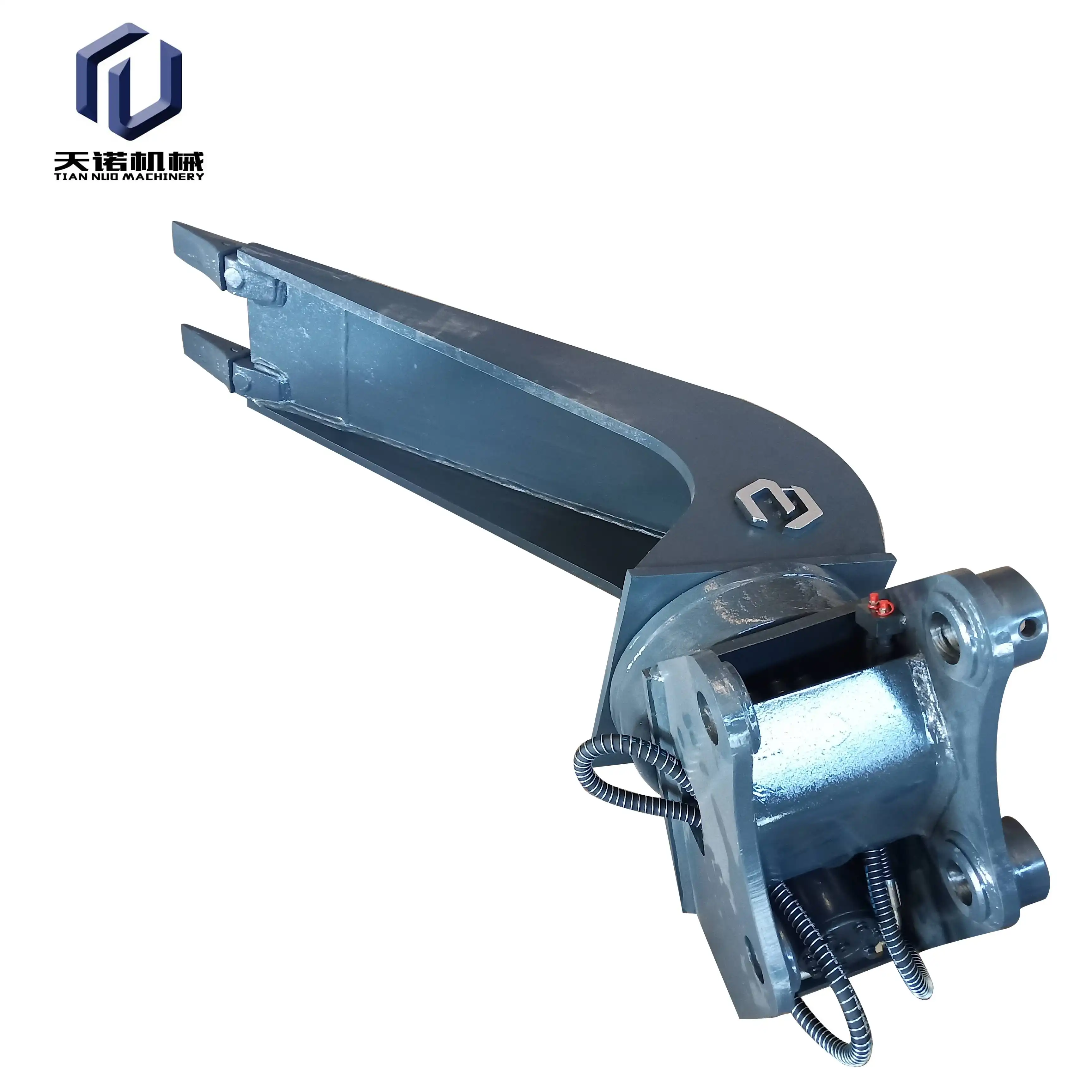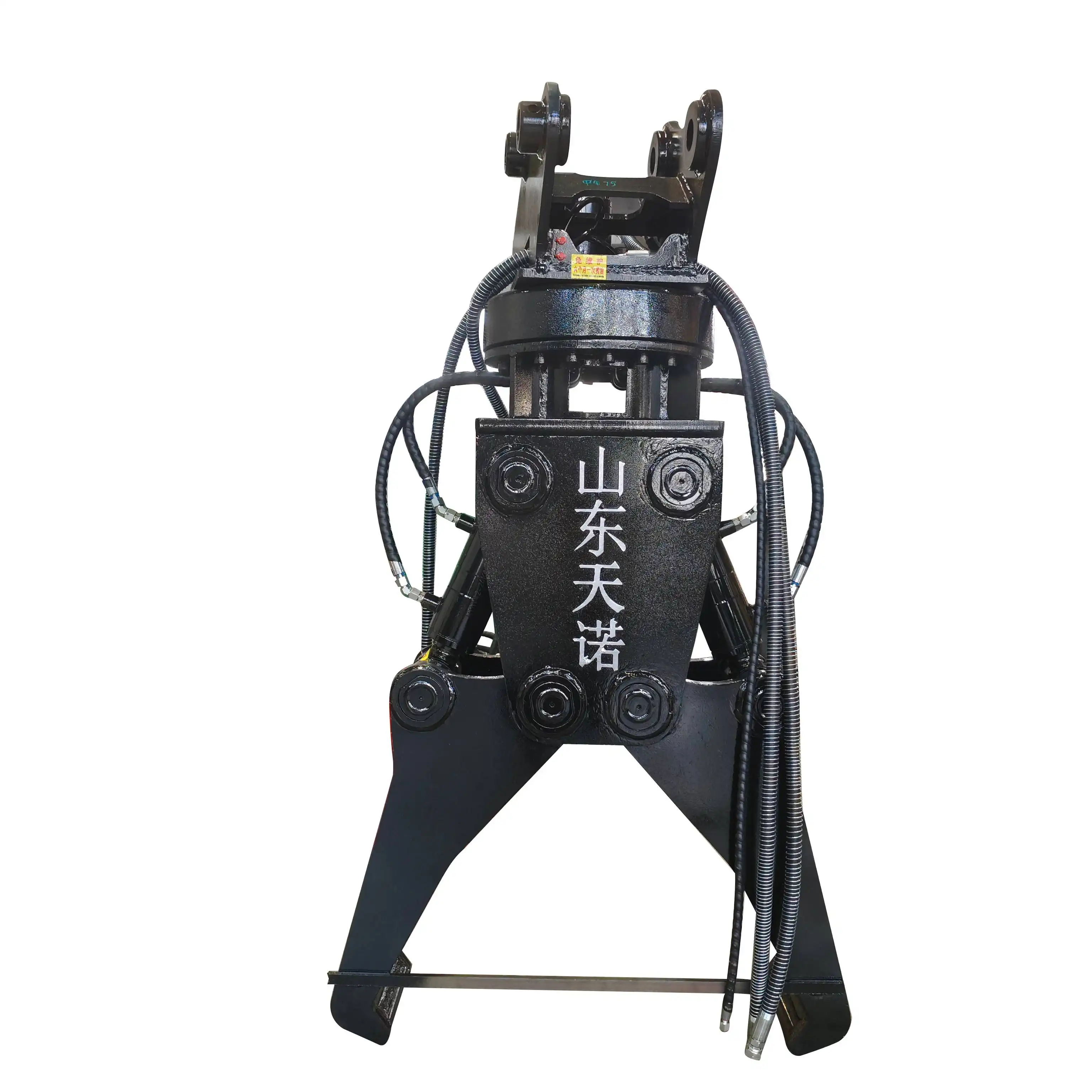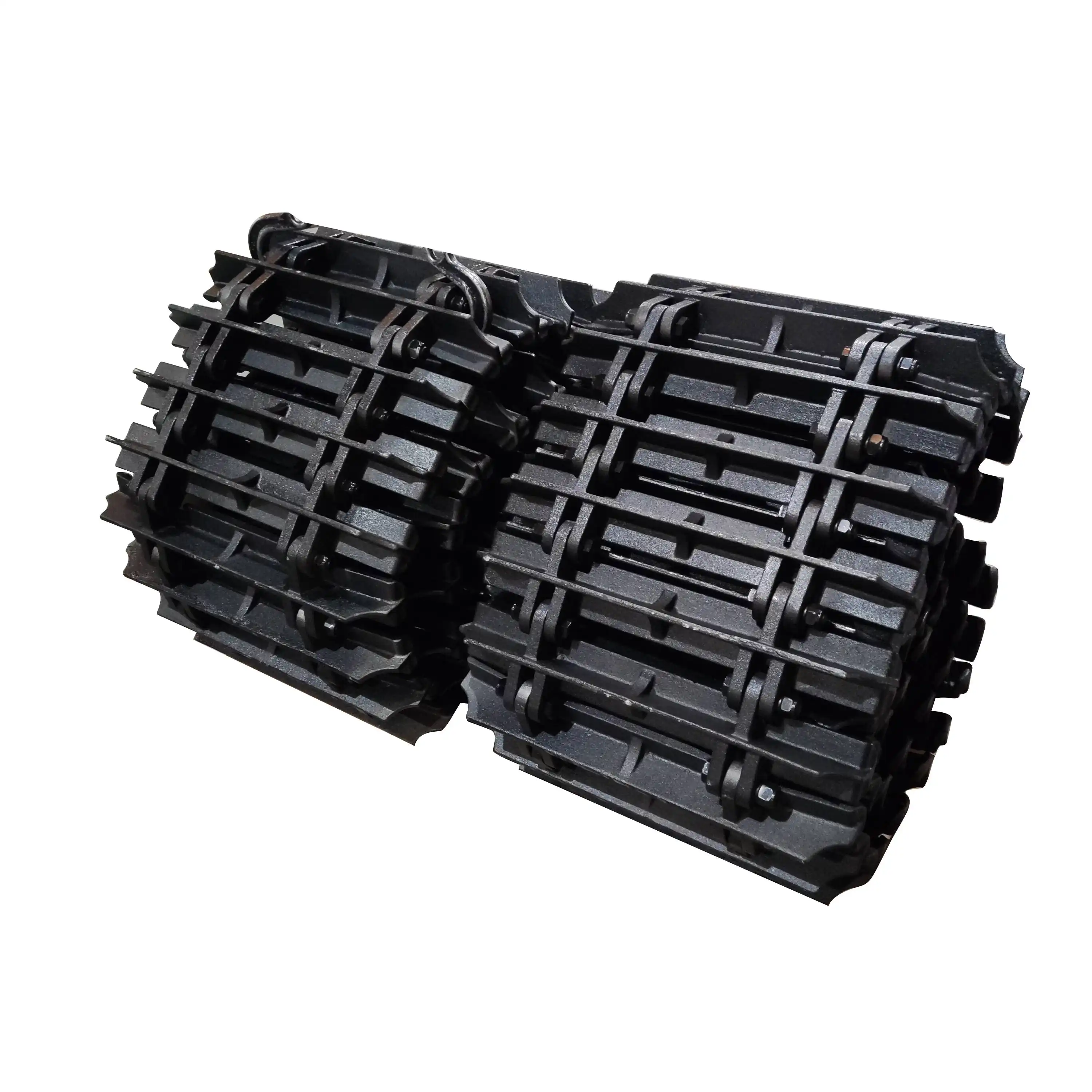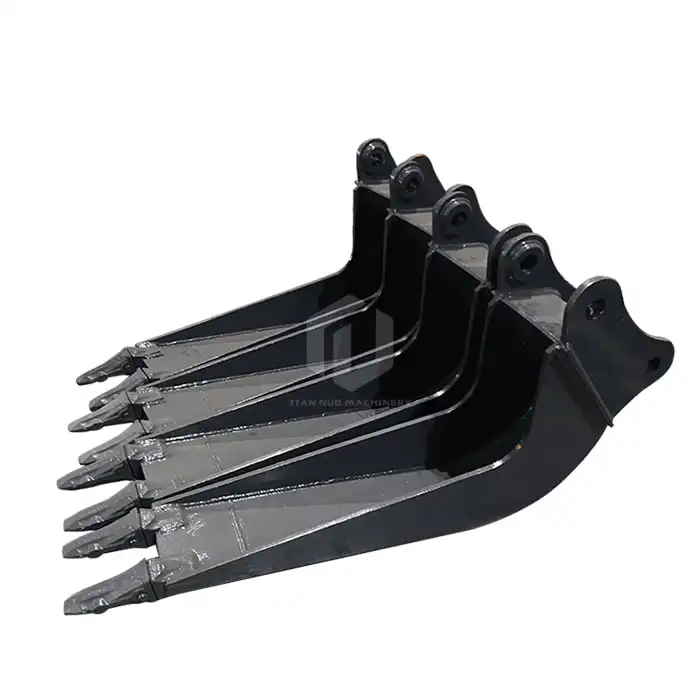How is the railway sweeper installed and operated?
Railway track sweepers are essential equipment for maintaining clean and safe railway lines. These powerful machines efficiently remove debris, leaves, and other obstacles from tracks, ensuring smooth train operations. Its installation and operation involve a quick-change connector system, adjustable sweeping angles, and various brush widths to suit different track configurations. This comprehensive guide will walk you through the process, highlighting key features and best practices for optimal performance in railway maintenance.
Quick-Change Connector
Efficient attachment system for railway sweepers
The quick-change connector is a game-changer in railway maintenance equipment. This innovative system allows for rapid attachment and detachment of the railway track sweeper to various excavator models. The process is straightforward: align the excavator's boom with the sweeper's mounting bracket, engage the quick-connect mechanism, and secure the hydraulic connections. This efficient design significantly reduces setup time, allowing maintenance crews to start sweeping operations promptly.
The quick-change connector's robust construction ensures a secure fit, minimizing vibrations during operation. This stability is crucial for maintaining consistent sweeping performance and protecting both the sweeper and the excavator from unnecessary wear and tear. Additionally, the connector's universal design accommodates a wide range of excavator makes and models, providing flexibility for railway maintenance fleets.
Time-saving installation process for track maintenance
Time is of the essence in railway maintenance, and the quick-change connector system delivers impressive time savings. Traditional attachment methods often required multiple workers and specialized tools, leading to extended downtime. With the quick-change system, a single operator can typically complete the installation process in under 15 minutes. This efficiency allows maintenance teams to maximize their productive hours and respond swiftly to urgent track cleaning needs.
The streamlined installation process also enhances safety on the worksite. With fewer manual operations required, there's a reduced risk of injuries associated with heavy lifting or pinch points. The quick-change system's user-friendly design minimizes the likelihood of operator errors, ensuring consistent and secure attachments every time.
Compatibility with various excavator models
One of the most significant advantages of the quick-change connector system is its versatility. Railway maintenance fleets often include a diverse range of excavators, and the ability to use a single sweeper across multiple machines offers substantial cost savings and operational flexibility. The connector's standardized interface allows for seamless integration with excavators from different manufacturers, eliminating the need for model-specific attachments.
This compatibility extends beyond just fitting the physical connection. The quick-change system is designed to work with various hydraulic configurations, ensuring that the sweeper can tap into the excavator's power system effectively. This adaptability makes it easier for railway maintenance teams to allocate resources efficiently, using the most appropriate excavator for each specific task without being limited by attachment constraints.
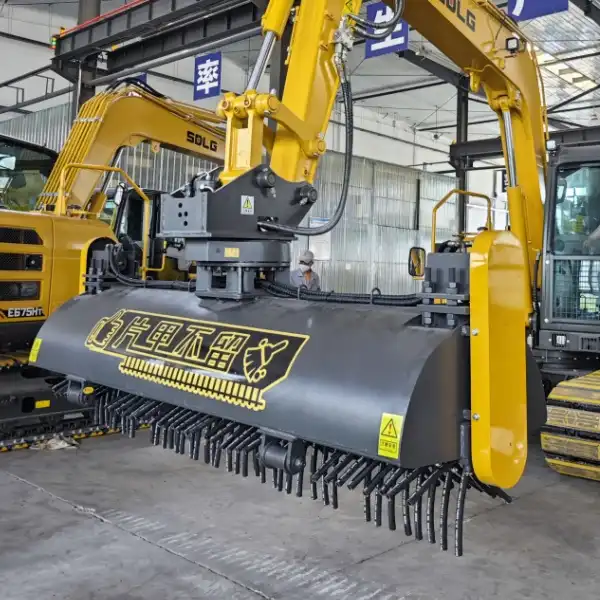
Adjust Sweeping Angle
Optimizing brush angle for effective debris removal
The ability to adjust the sweeping angle is a crucial feature of modern railway track sweepers. This functionality allows operators to fine-tune the brush position for optimal contact with the track surface, ensuring thorough debris removal. The adjustment mechanism typically involves a hydraulic system that enables the operator to modify the angle from the excavator's cab, providing real-time control over the sweeping process.
By optimizing the brush angle, maintenance crews can address various types of debris more effectively. For instance, a steeper angle might be more suitable for removing compacted materials, while a shallower angle could be ideal for sweeping lighter debris or leaves. This flexibility enhances the sweeper's versatility, making it a valuable tool for year-round track maintenance.
Adaptability to different track conditions
Railway tracks are subject to diverse environmental conditions and varying levels of debris accumulation. The adjustable sweeping angle allows maintenance teams to adapt quickly to these changing circumstances. In areas with heavy leaf fall, operators can set the brush at an angle that effectively lifts and removes wet leaves from the track surface. Conversely, in regions prone to sand or gravel buildup, a different angle might be more effective in dislodging and sweeping away these materials.
This adaptability extends to handling different track designs as well. Modern railway networks often feature a mix of traditional ballasted tracks and newer slab track systems. The ability to adjust the sweeping angle ensures that the railway track sweeper can maintain its effectiveness across these varied track configurations, providing consistent cleaning results throughout the network.
Precise control for enhanced sweeping performance
The precision offered by adjustable sweeping angles contributes significantly to the overall performance and efficiency of track maintenance operations. Operators can make minute adjustments to the brush angle, allowing them to target specific areas of concern or adapt to subtle changes in track geometry. This level of control is particularly valuable when dealing with complex track layouts, such as switches, crossings, or platforms.
Enhanced sweeping performance translates directly into improved track safety and reduced maintenance costs. By ensuring thorough debris removal, the risk of train wheel slippage or signal interference is minimized. Additionally, the ability to clean tracks more effectively in a single pass reduces the frequency of maintenance interventions, leading to less disruption to regular train services and lower overall operational costs for railway networks.
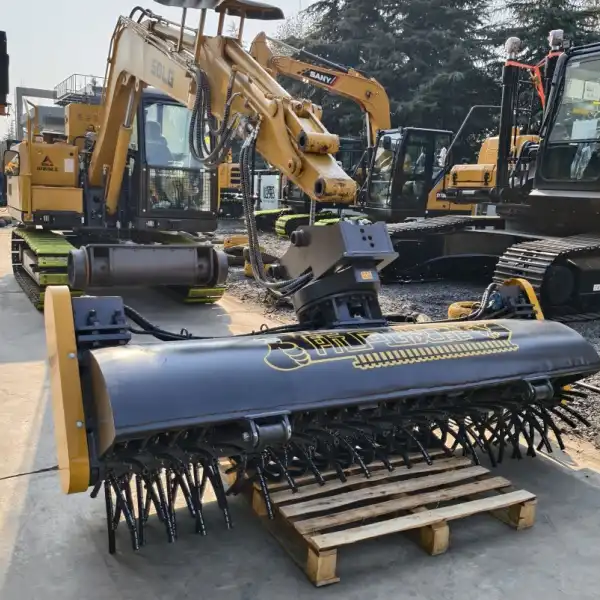
Sweeping Brush Width
Choosing the right brush width for track cleaning
Selecting the appropriate sweeping brush width is crucial for efficient and effective track cleaning. Railway track sweepers come in various sizes, typically ranging from 2 to 3 meters in width. The choice of brush width depends on several factors, including the track gauge, the type of debris commonly encountered, and the specific maintenance requirements of the railway network.
For standard gauge tracks (1,435 mm), a brush width of around 2.6 meters is often suitable, providing adequate coverage for the track and its immediate surroundings. However, for broader gauge tracks or areas where debris tends to accumulate beyond the immediate track area, wider brushes may be more appropriate. It's essential to consider not just the track itself but also the adjacent areas that may contribute to debris accumulation on the rails.
Balancing coverage and maneuverability
While a wider brush can cover more area in a single pass, it's important to balance this advantage with the need for maneuverability. Railway maintenance often involves working in confined spaces or areas with limited access. A brush that's too wide may limit the sweeper's ability to navigate through these challenging environments effectively.
Operators must consider the typical working conditions in their network when selecting brush width. For instance, a narrower brush might be more suitable for urban rail systems with frequent curves and tight clearances. In contrast, a wider brush could be ideal for long stretches of open track in rural areas. Some advanced railway track sweepers offer adjustable width capabilities, allowing for greater flexibility in various operating conditions.
Customizable options for various railway configurations
Modern railway track sweepers often come with customizable brush options to cater to diverse railway configurations. This customization goes beyond just width adjustments and may include variations in brush material, bristle density, and overall design. For example, some brushes are specifically engineered to handle heavy-duty cleaning tasks, such as removing compacted mud or vegetation growth, while others are designed for more routine debris removal.
The ability to customize brush configurations allows railway maintenance teams to optimize their equipment for specific cleaning challenges. Some systems even offer interchangeable brush modules, enabling quick adaptations to different maintenance scenarios without the need for entirely separate machines. This versatility enhances the overall value and utility of the railway sweeper, making it a more cost-effective solution for comprehensive track maintenance programs.
The installation and operation of railway track sweepers are crucial aspects of modern rail maintenance. With quick-change connectors, adjustable sweeping angles, and customizable brush widths, these machines offer efficient and adaptable solutions for keeping tracks clean and safe. By understanding the key features and best practices discussed in this guide, railway maintenance teams can optimize their sweeping operations, ensuring smoother train services and prolonging the life of rail infrastructure. As technology continues to advance, we can expect even more innovative solutions in railway track maintenance, further enhancing the efficiency and safety of rail networks worldwide.
FAQ
1. How often should railway tracks be swept?
The frequency of track sweeping depends on various factors such as traffic volume, environmental conditions, and seasonal changes. Generally, high-traffic areas may require weekly sweeping, while less busy sections might need monthly maintenance. Regular inspections help determine the optimal sweeping schedule.
2. Can railway track sweepers be used in all weather conditions?
Most modern track sweepers are designed to operate in various weather conditions. However, extreme weather like heavy snow or flooding may limit their effectiveness. It's important to follow manufacturer guidelines and safety protocols when operating in challenging weather conditions.
3. How does a railway track sweeper handle different types of debris?
Railway track sweepers are equipped with robust brushes capable of handling various debris types, including leaves, ballast stones, and light vegetation. The adjustable sweeping angle and customizable brush options allow operators to adapt to different debris challenges effectively.
4. Is special training required to operate a railway track sweeper?
Yes, operators typically need specialized training to use railway sweepers safely and effectively. This training covers machine operation, safety procedures, and maintenance techniques. Many manufacturers offer training programs as part of their after-sales support.
5. How do railway track sweepers contribute to rail safety?
By removing debris from tracks, railway sweepers help prevent wheel slippage, reduce the risk of derailments, and maintain clear sightlines for signals. Regular track cleaning also contributes to the overall integrity of the rail infrastructure, enhancing safety for both passengers and freight operations.
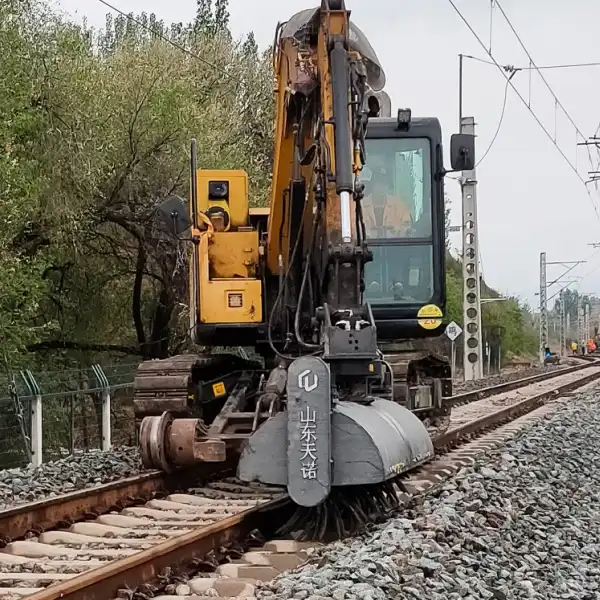
China Railway Track Sweeper Manufacturer
TianNuo Machinery stands out as a leading manufacturer of railway track sweepers in China. Their comprehensive range of railway maintenance equipment includes not only track sweepers but also sleeper changing machines, tamping machines, and ballast screening buckets. TianNuo's track sweepers are renowned for their durability and efficiency, making them suitable for excavators ranging from 7 to 15 tons. These sweepers are designed to accommodate various track gauges, including 1435mm, 1520mm, and 1067mm, making them versatile for different railway systems worldwide. With a 360° rotation capability and a working width of 2600mm, TianNuo's sweepers offer exceptional maneuverability and coverage. For more information or inquiries about their maintenance equipment, contact us at tn@stnd-machinery.com.
References
- Railway Maintenance Equipment Handbook
- TianNuo Machinery Product Catalog
- Railway Track Maintenance Best Practices Guide
- International Railway Journal
- Railway Technology Magazine
- Railway Engineering Standards and Guidelines
About Author: Arm
Arm is a leading expert in the field of specialized construction and railway maintenance equipment, working at Tiannuo Company.

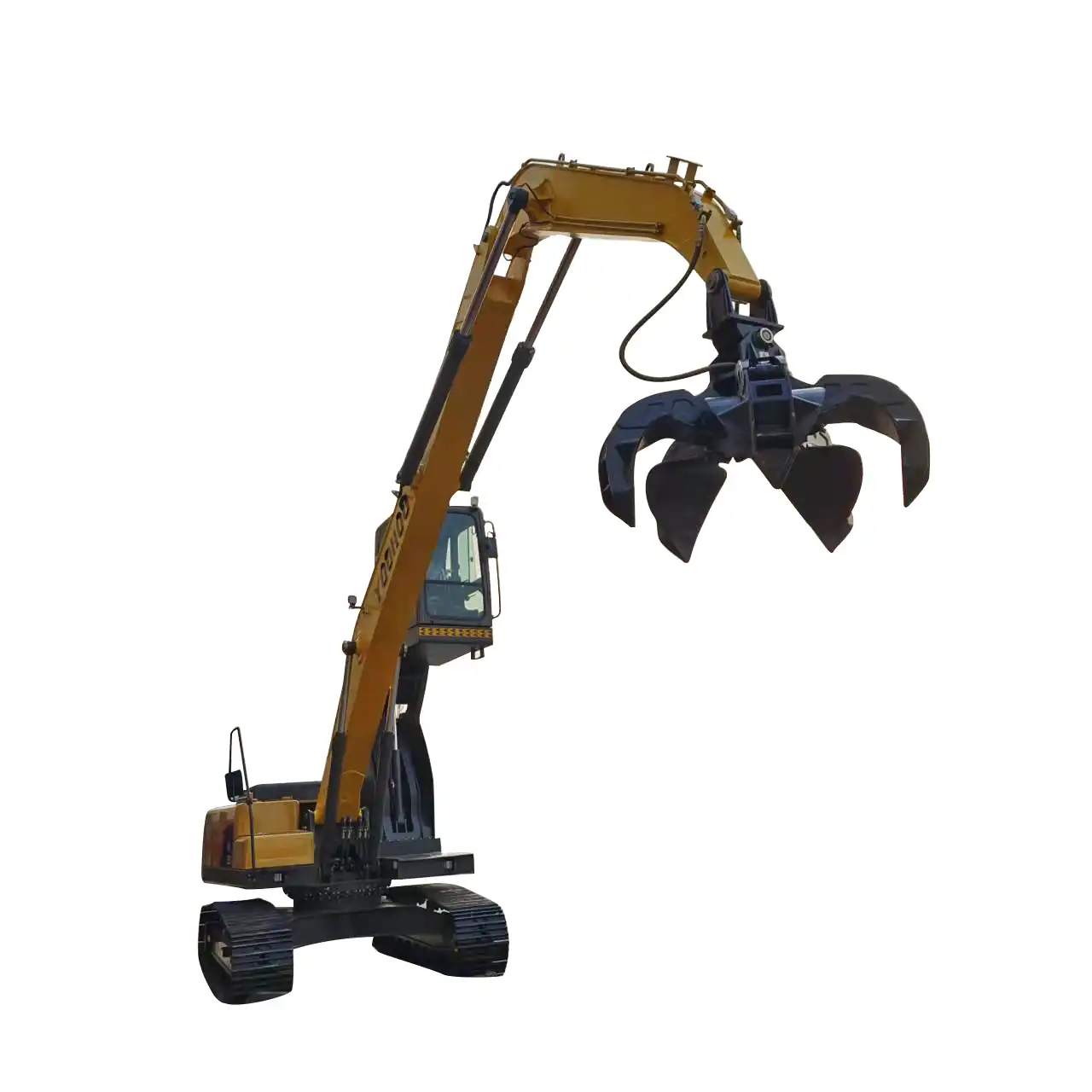
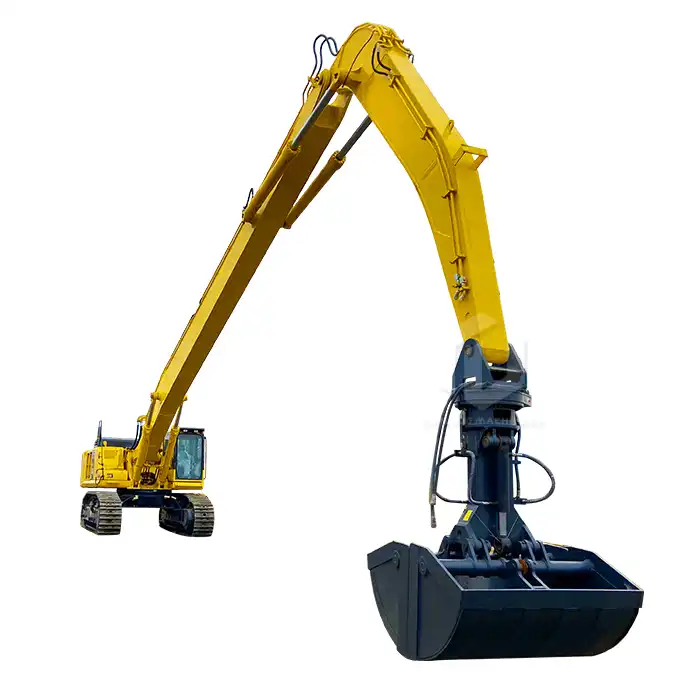
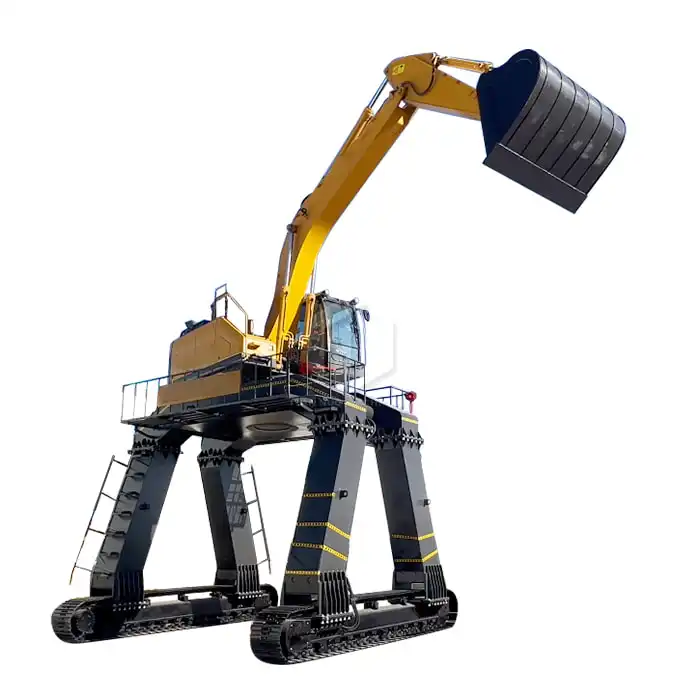
_1763714376197.webp)
